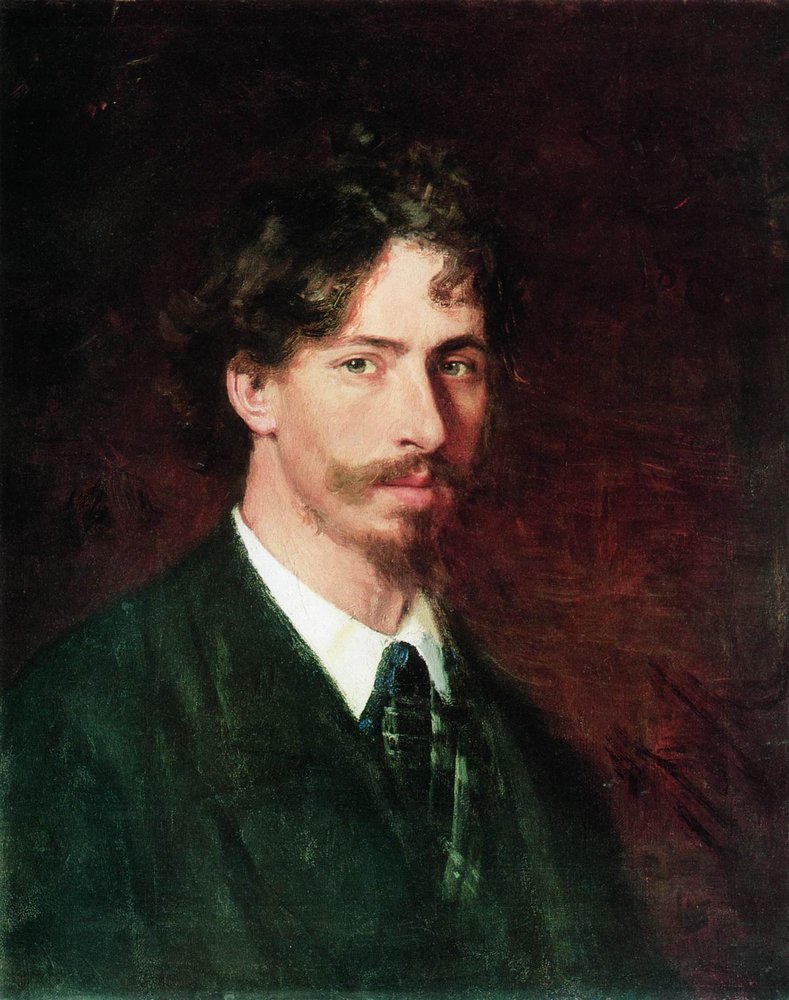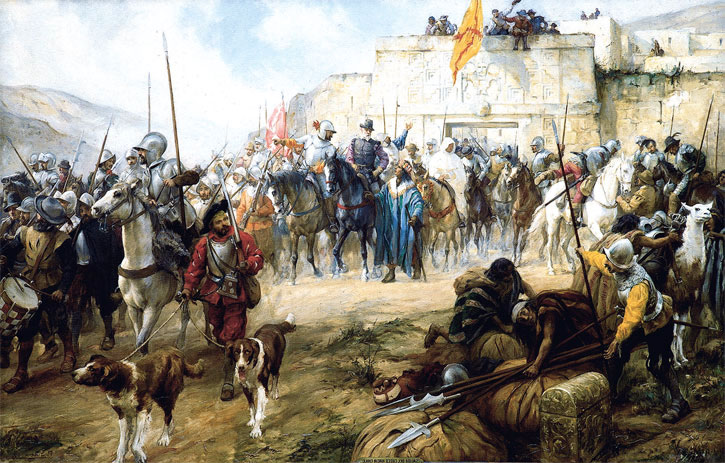Ilya
Sorry for the long silence, things got in the way. Anyway, yesterday was the birthday of Ilya Repin (1844-1930), so why not write a post about him. After all, even if you are not terribly interested in Russian art (especially if you are not), his paintings are probably the ones you might have seen anyway (all sources: Wikimedia).
_-_Volga_Boatmen_(1870-1873).jpg) |
| This for example |
 | |
| or this. |
Ivan the Terrible and His Son Ivan on November 16th, 1581 (1885) on the other hand, is easily the most scandalous painting in Russian history. Developed and painted under the impression left by the assassination of Tsar Alexander II in 1881, it shows the moment after Ivan the Terrible killed his own son in a fit of rage, the tsar cradling the dead body of his eldest child (while we have no actual documental proof of how exactly the prince died, there are many contemporary records, both Russian and by foreign diplomats, that show that there was in fact a rumour in Moscow that the Tsar had killed his own son with a blow on the head). The bloodied image of the dead prince and the scared, crazed expression on the tsar´s face caused such a shock with contemporary audiences that it was immediately officially prohibited by tsar Alexander III, even if only for a few years. It has since become the favourite hate object of different conservative groups - who believe that it demeans royal, and therefore state, authority, and it has repeatedly been vandalised - the last time just this year.
Although Repin is best known for his historical and genre paintings, he also excelled at portraits that captured the sitter´s grace, individuality and emotional state, such as this portrait of the composer Modest Mussorgsky, painted just a few days before his death in 1881. His glance, attentive and intelligent in spite of the visibly grave illness, somehow shows his unique sensibility more than any photography ever could.
I have to admit though that my favourite painting is this: Sadko (1874). Painted as a reaction to the impressionists, whom he found technically interesting but lacking substance, it shows a scene from the legends about Sadko, a Sindbad-like character. Sadko, a sea merchant, winds up at the Sea Kings´s court, and observes a procession of the court ladies. Funnily enough, some critics found that Sadko, too, was lacking substance, narrative or artistic, but for me, this painting is pure magic. Seen "live", it does indeed give the impression of being under water, a sensation completely lost in reproduction, and standing in front of it, you do feel transported for a moment into this magic dimension, that feels so real and at the same time so phantastic. Art not even trying to imitate life, rather inventing its own dimensions of meaning.





No comments:
Post a Comment